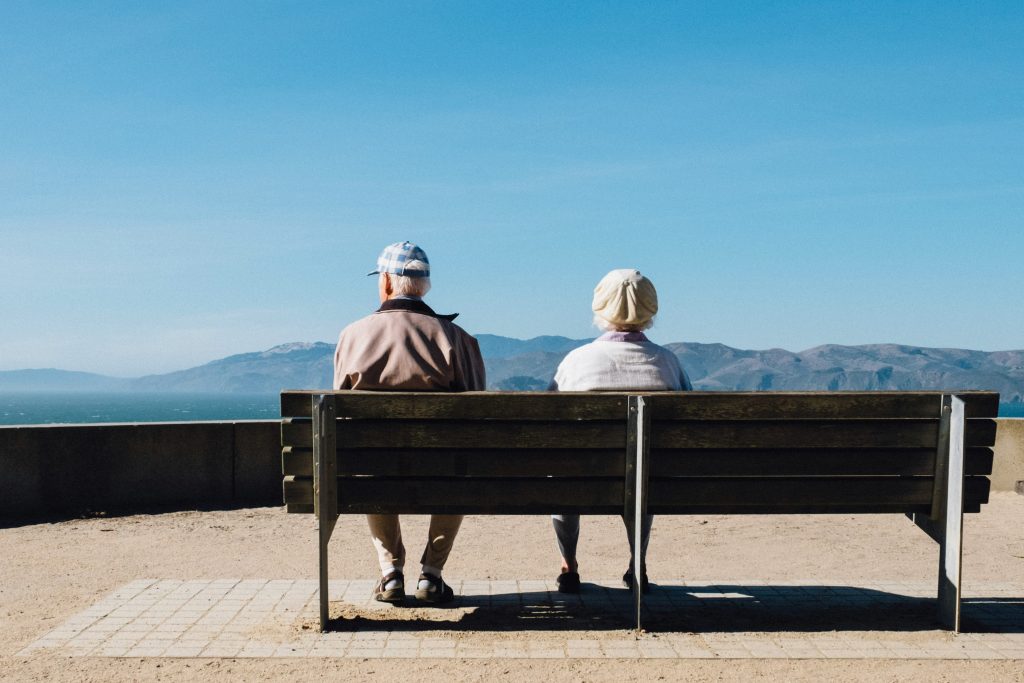Have you ever wondered why certain communities around the world consistently produce people who live well into their 90s and even past 100? These longevity hotspots, often called Blue Zones, have been studied for decades to uncover the secrets of their long and healthy lives. In this article, we’ll explore the habits, diets, and lifestyles of these long-living populations and what we can learn from them.
1. What Are Blue Zones?
Why It Matters:
Blue Zones are regions where people consistently live longer than the global average, often free from chronic diseases. Researchers have identified five main Blue Zones:
- Okinawa, Japan
- Sardinia, Italy
- Nicoya Peninsula, Costa Rica
- Ikaria, Greece
- Loma Linda, California, USA
Key Longevity Factors:
- Strong community ties and social networks.
- Plant-based diets rich in whole foods.
- Regular, natural movement and physical activity.
- Stress management and a sense of purpose.
- Moderate or no alcohol consumption.
2. The Role of Diet in Longevity
Why It Matters:
Food is one of the most significant factors contributing to longevity. In Blue Zones, diets are primarily plant-based, rich in fiber, and full of antioxidants.
Common Dietary Patterns:
- High consumption of vegetables, fruits, legumes, and whole grains.
- Limited intake of processed foods and refined sugars.
- Healthy fats from sources like olive oil and nuts.
- Moderate consumption of lean proteins, especially fish.
- Traditional cooking methods using fresh, local ingredients.
3. The Power of Social Connection
Why It Matters:
Studies show that strong social networks contribute to lower stress levels, better mental health, and increased longevity.
Common Social Practices in Longevity Communities:
- Close-knit families and multigenerational households.
- Frequent social gatherings and community involvement.
- Strong friendships and a sense of belonging.
- Daily rituals that promote relaxation and mindfulness, such as sharing meals or tea ceremonies.
4. Natural Movement and an Active Lifestyle
Why It Matters:
Unlike structured gym workouts, people in Blue Zones incorporate natural movement into their daily lives.
How They Stay Active:
- Walking as the primary mode of transportation.
- Gardening, farming, and household chores as exercise.
- Engaging in low-intensity but frequent activities like yoga or stretching.
- Spending time outdoors and connecting with nature.
5. A Sense of Purpose and Stress Reduction
Why It Matters:
Having a sense of purpose, or “Ikigai” in Japan and “Plan de Vida” in Costa Rica, is linked to greater life satisfaction and longevity.
Key Practices for Stress Management:
- Daily mindfulness or prayer.
- Afternoon naps and relaxation time.
- Engaging in fulfilling hobbies and personal passions.
- Maintaining an optimistic outlook on life.
Conclusion
Longevity isn’t just about good genes—it’s about adopting habits that promote a long and fulfilling life. The world’s longest-living communities teach us that small, sustainable lifestyle choices—such as eating a plant-based diet, maintaining strong social ties, staying physically active, and managing stress—can significantly extend our years and improve our quality of life. By incorporating these time-tested principles, we can all take steps toward living longer and healthier lives.

